I Don’t Assemble Cars – Can I Still Use a Robot?

Posted on Mar 08, 2016 7:00 AM. 6 min read time
We’re told anything that’s repetitive could be automated, but when we start digging a bit more, we begin to understand that while some processes are theoretically repetitive, in truth, humans adapt to the reality and make a lot of decisions that are hard to capture. Check out some industries that have already added robotics, perhaps you can see how this relates to your production.
The classic car assembly example seems such an obvious process that can be automated, but surely some other things could be automated easily? Here are a few examples that might trigger some ideas about your own processes. Of course, this is not at all an exhaustive list of robotic applications!
Robots in all industries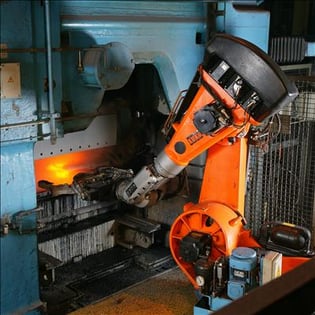
Let’s start with the food and consumer goods industry: a robot can pick up freshly baked breads, align bottles for the packaging operation or measure liquids to be used. Moreover, having conveyors to move things around creates a great opportunity for vision systems to be installed for product inspection. This is also an area that is propitious for packaging and palletizing operations, due to mass production volumes of the same product. Also related to this industry is agriculture itself: cow milking machines being a common example. Various sensors are also put throughout the fields in order to measure temperature, wind and humidity, record what fertilizer has been dispensed in the field, etc. Farm equipment is being more and more automated. Also close to the field, robots are used to package and apply stickers to the fruits & vegetables that are picked from the fields before being shipped.
The furniture industry uses robots for various tasks as well: robots, combined with vision systems, are used for sorting wood based on quality (number of knots, shape of the stud, etc.). Further down the line, robots are also used to apply paint in evenly coats. Robot machining (sanding, cutting, drilling, etc.) and welding are also common. Robots handle materials, from the wood planks to the furniture itself at the end, plus they package and palletize the furniture.
The metal industry is one where robotics has taken charge of a lot of tasks that involve dangerous conditions. Machine tending and welding are very popular tasks for robots. Also, this is an area where robots have created new possibilities, namely, because they are able to operate while remaining in close proximity, whereas the human had to retract a bit to protect him/herself during the process.
Entertaining robots
There’s one area where we tend to think that robotics is recent – the entertainment industry. Effectively, we think more of a companion robot as a thing related to the future…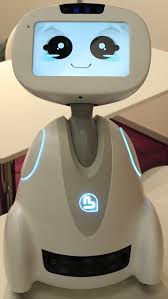
But automation has been used for so many years, namely in amusement parks, concerts, etc. When you think about it, this might even be the industry that made you discover automation. Boy, “Disneyland's Great Moments with Mr. Lincoln” has been around since 1965!

Robots for vehicles
The aerospace industry has taken a late start in robotics, when compared to the automotive industry – its challenges are different: smaller production volume, and a much bigger overall size! In the past years, manufacturers have been using robots increasingly – whether for assembling aircrafts, drilling holes, deburring parts, inspecting them, etc. Staying in the vehicle theme, the marine industry is another challenging one – whether for building ships, to using robotic cranes for loading and unloading equipment. Robots are also used to clean hulls underwater and to inspect them for cracks or other failures.
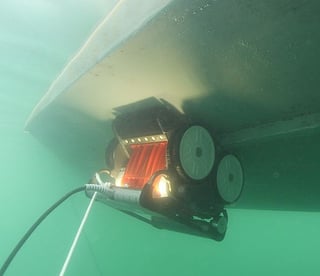
Firefighting robots are also a big plus for this industry, where real firemen are not within easy reach of the ship.
Versatile robots
Life sciences are another area where automation has been growing fast – pills are counted automatically, high throughput screening is widely used to help the drug-discovery process, and, more importantly, tracking of the complete manufacturing process is important to comply with health standards. Blood sample testing has also been robotized, minimizing handling errors. The pharmaceutical industry is a natural fit for robotics and automation, since it has a high need for traceability and handles a high volume of data, making it an industry where handling errors can be disastrous.
The construction industry is using robots to preassemble roofing and flooring modules before they are shipped on site for assembly. There are also robots used on-site, like the SAM100, a semi-automated mason.
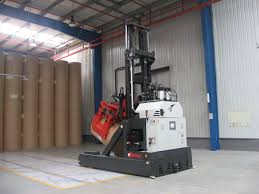
The pulp & paper industry is an area that has used robotics especially for the handling of bulky and heavy objects like gigantic paper rolls. Both mobile robots and industrial robots are used, either for carrying heavy items around the plant or for machine tending.
Automation is also used for dispensing, gluing and cutting paper, crimping operations and roll verification for measurements (width, weight, etc.).
The electronics industry is a tricky one, from which our initial perception of robots (to be used on ‘dirty shop floors’) seem to clash. However, it is an industry of mass production volumes. Therefore, ISO Class 1 robots are widely used in cleanrooms to handle wafers and assemble components on circuit boards. That being said, this is an area rapidly evolving, often requiring more flexible robots that can adapt to these changes.
The medical industry is also another area we tend to forget about when we think of robots. Therefore, you might be surprised when a mobile robot shows up at your hospital room door to deliver your pills! And you’ll probably be delighted to learn that you could benefit from the top surgeon’s expertise, without having to fly over 5,000 miles – he’ll just stay at his regular hospital, while you’ll stay at yours, and he’ll manage to operate on you via a teleoperated robot.
Medical assistance is also an area that is evolving fast – instead of hiring a nurse to attend the elderly that stay at home, a robot that enables video-conferencing with a healthcare professional and basic health checks might eventually become standard.
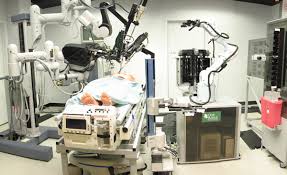
One other thing we tend to forget is the fact that a robot does not have to do everything on its own. It could be teleoperated, like in the case of a surgeon robot. Teleoperation can help by taking advantage of the robot’s position, for example, without having to automate the whole process. When appropriate, cooperative robots are another way to benefit from the advantages of using a robot and a human together.
Bottom line, there are so many possibilities for using a robot. In order to determine where you could begin looking in your current processes, follow the 3 D’s rule: dirty, dull and/or dangerous tasks are usually the first ones being automated. But as you have seen in this article, there are many more tasks that can actually be fully or partially accomplished with a robot. Get creative, then check the feasibility with an expert!


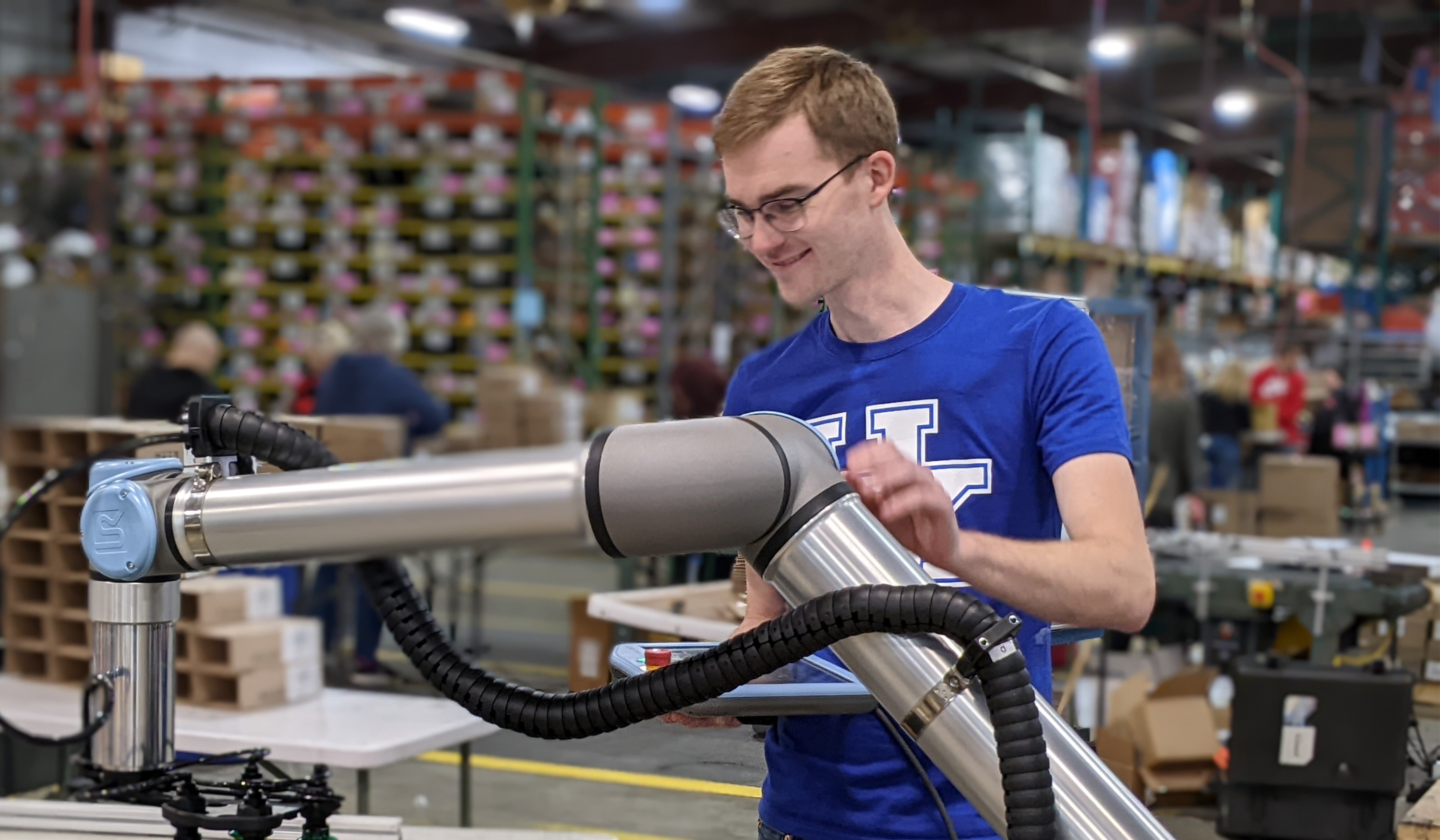

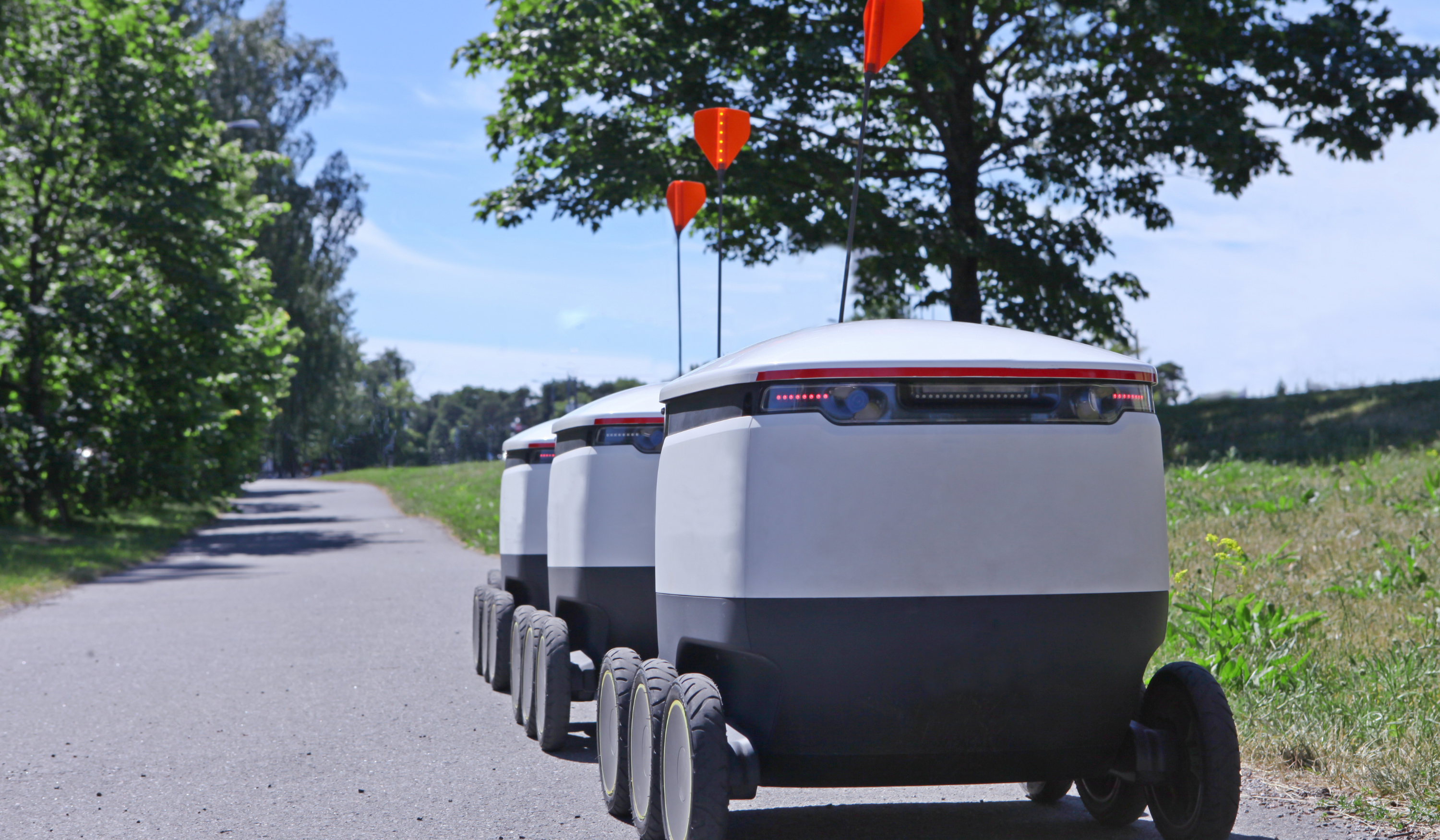
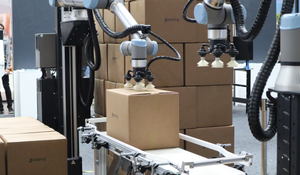

Leave a comment